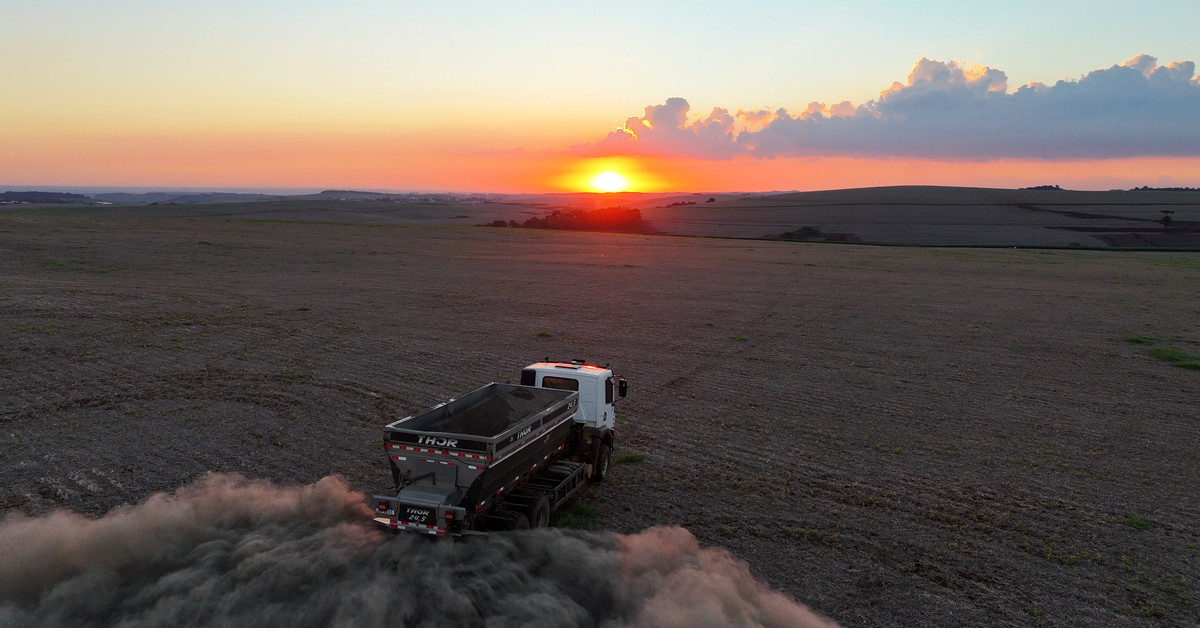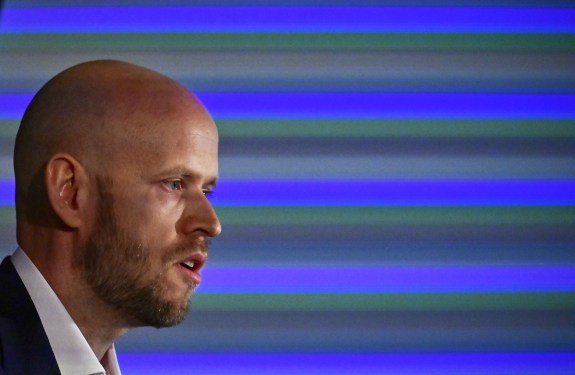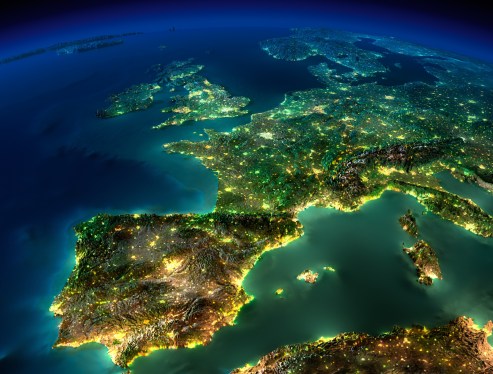As the world grapples with the devastating effects of climate change, companies like Google are exploring innovative solutions to mitigate their impact. In a significant move, Google and other major corporations have invested in a plan to trap carbon dioxide using rocks, courtesy of startup Terradot. This initiative, backed by Sheryl Sandberg’s investment, aims to remove 90,000 tons of CO2 from the atmosphere.
The Terradot Plan: Enhanced Rock Weathering
Terradot’s strategy, known as enhanced rock weathering (ERW), accelerates a natural process that would otherwise take thousands of years. By crushing rocks and spreading them over large areas, the surface area exposed to CO2 is increased, triggering a chemical reaction that traps CO2 in water as bicarbonate. This bicarbonate-laden groundwater eventually makes its way to the ocean, storing carbon and keeping it out of the atmosphere.
Google’s Investment: A Big Deal
Google has announced a deal with Terradot to purchase an additional 200,000 tons of carbon removal using ERW. While the exact cost is not disclosed, estimates suggest it could amount to $60 million if priced similarly to the Frontier agreement ($300 per ton of CO2 captured). However, Google expects the price to decrease over time for this larger deal.
Terradot’s History and Expertise
Terradot grew out of a research project at Stanford University, where CEO James Kanoff and CPO Sasankh Munukutla were undergraduate students. They co-founded the company with Kanoff’s former professor, Scott Fendorf, who now serves as Terradot’s chief scientist and technical advisor. Before starting Terradot, Kanoff had briefly dropped out of Stanford to co-found a nonprofit called the Farmlink Project, which connects food banks to farms with excess produce.
Sheryl Sandberg’s Support
Sandberg, former Facebook COO, has invested in Terradot and expressed her support for the company: "These are proven leaders, which is rare to find in an early-stage company. They have the drive, the right technology, and a strong focus on execution to succeed."
Carbon Removal: A Suite of Strategies
Carbon dioxide removal encompasses various strategies to take CO2 out of the atmosphere. While promising, these technologies still face concerns about their costs, safety, and potential to delay the transition from fossil fuels to carbon-free energy.
Enhanced Rock Weathering: The Natural Process
ERW is a relatively low-tech tactic that attempts to speed up the natural process of rock weathering. Rainfall naturally breaks down rocks, releasing minerals like calcium and magnesium into the soil. This process can be accelerated by crushing rocks and spreading them over large areas.
Measurement Challenges
While Terradot plans to take soil samples to assess CO2 capture based on rock degradation, measuring how much bicarbonate makes it to the ocean is more complex. Fertilizers in the soil can potentially limit carbon capture through ERW.
A Necessary Step: Trying and Learning
According to Dr. Jagoutz, "How much they sequester is still the outstanding question." However, he emphasizes that uncertainty should not hinder trials in the real world: "I also think, why not try? I don’t think we have the luxury to overthink it right now."
The Importance of Clean Energy
Carbon removal, at best, can only counteract some of a company’s legacy pollution while transitioning to clean energy. Google has recently announced plans to develop advanced nuclear reactors and new solar and wind farms to power its energy-hungry AI data centers.
A Small Step in the Right Direction?
While 200,000 tons of carbon removal is a significant step for Terradot and Google, it still represents only a small fraction of Google’s annual carbon dioxide emissions (14.3 million metric tons). As Kanoff notes, "It’s very clear that this is not a substitute for emissions reductions at all… we need both of these tools."
Conclusion
Google’s investment in Terradot’s ERW plan marks an important step towards mitigating climate change. While the challenges and uncertainties surrounding carbon removal are significant, it is essential to continue exploring innovative solutions like ERW. By working together, companies can reduce their legacy pollution while transitioning to clean energy and developing more effective measurement tools for carbon capture.






